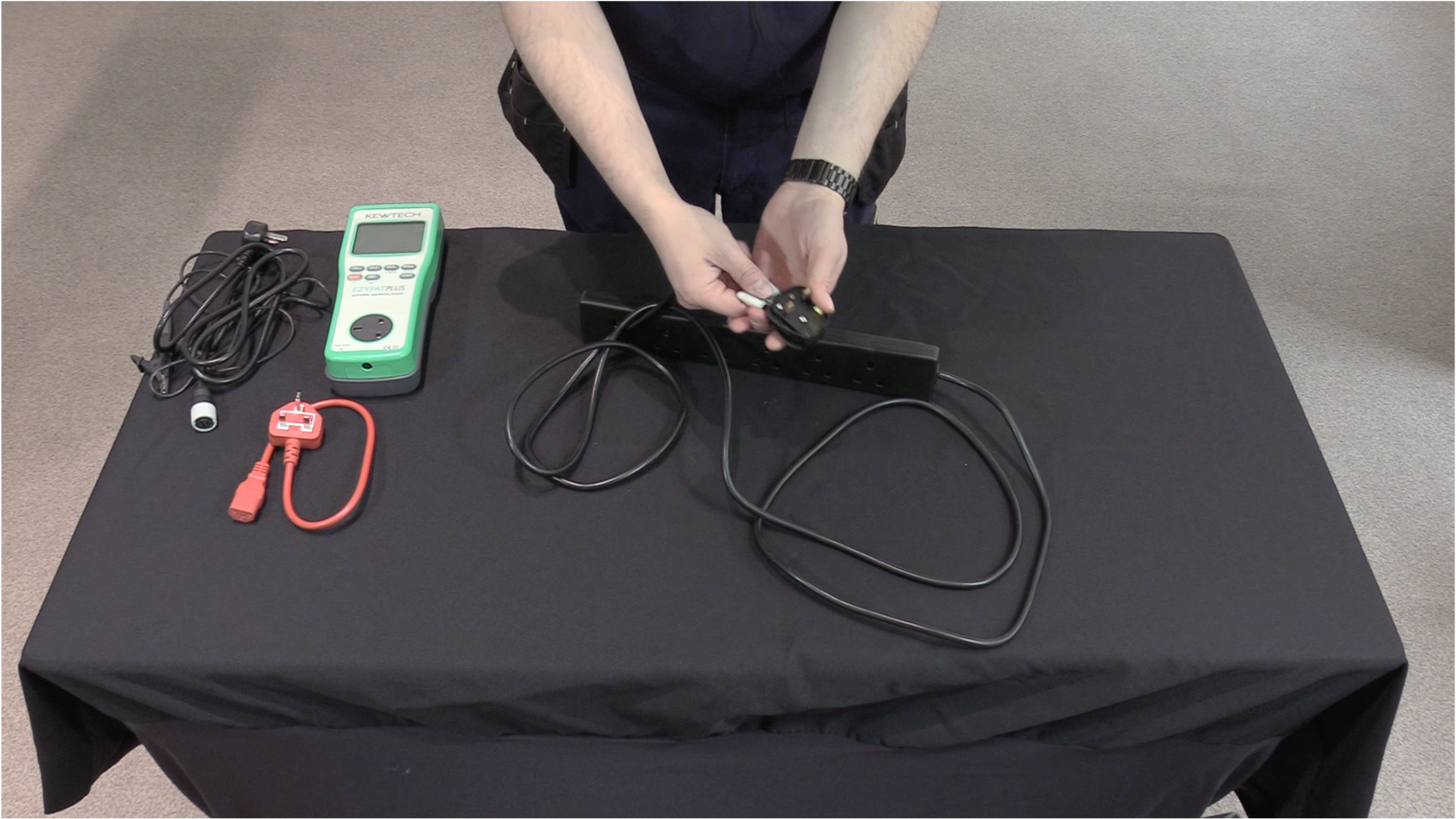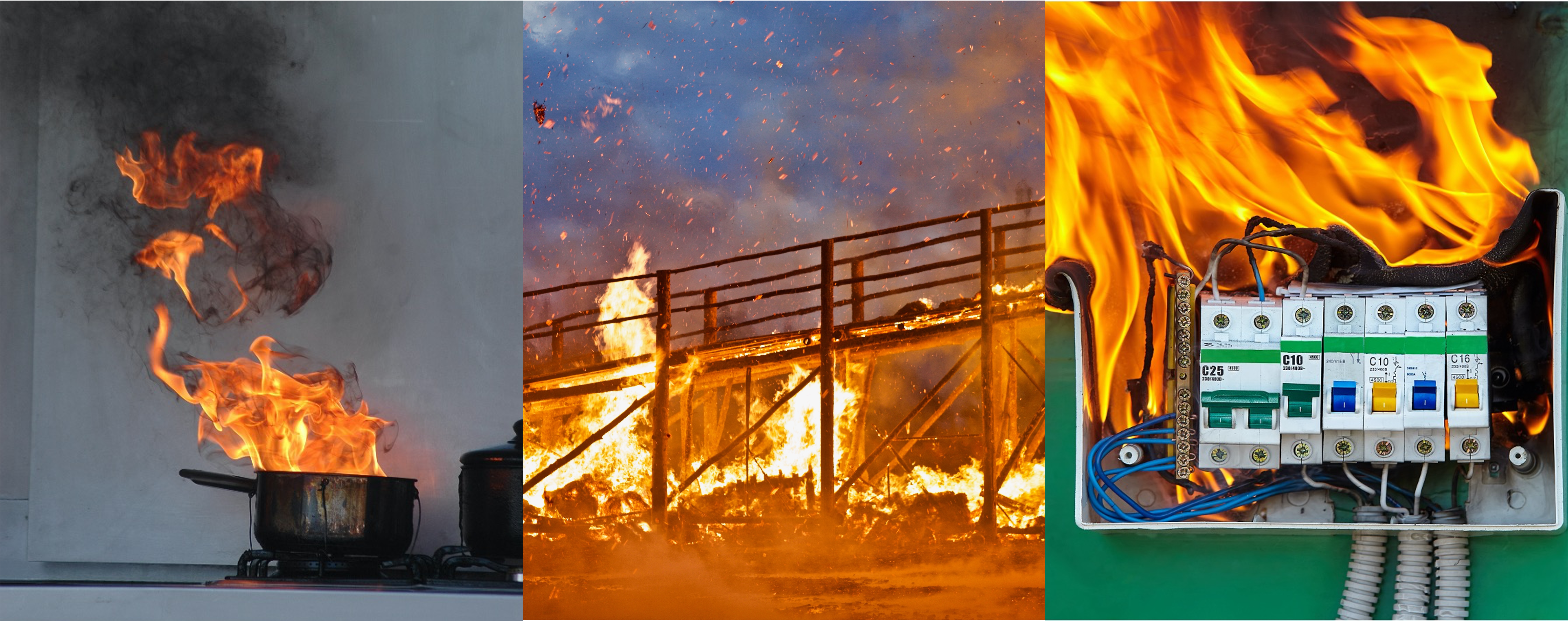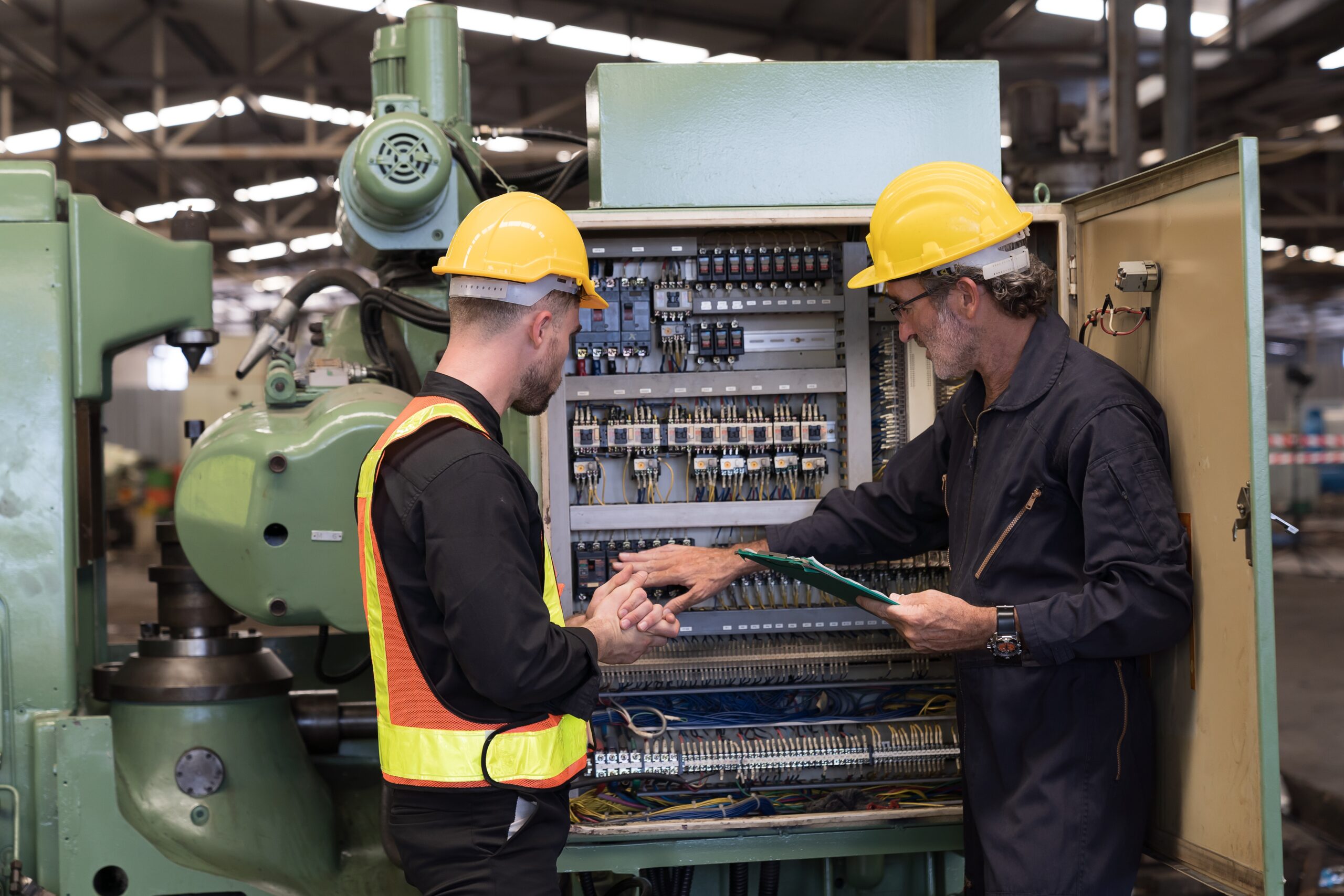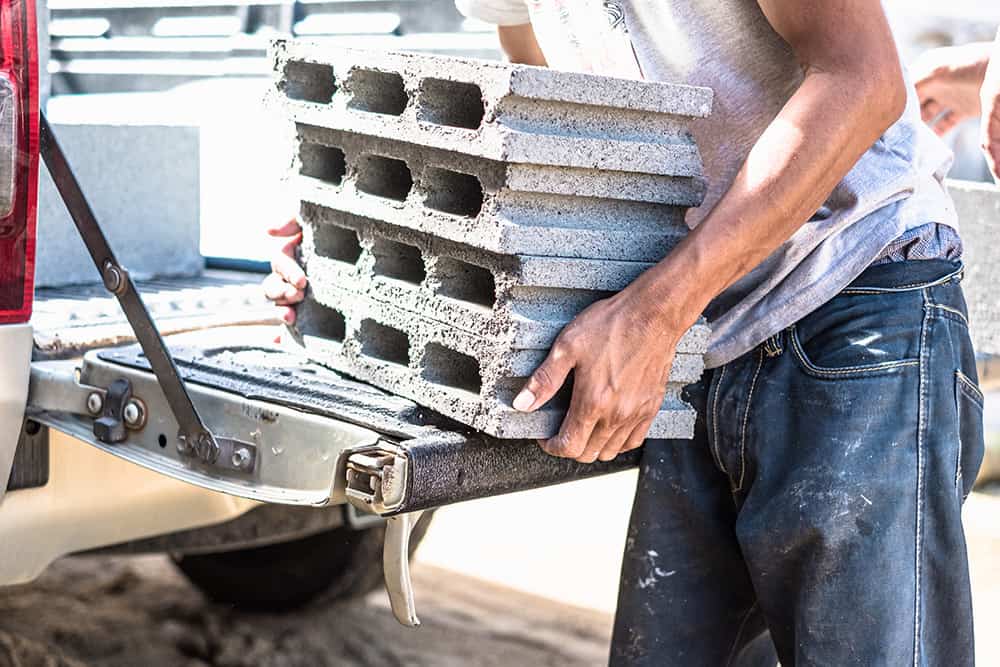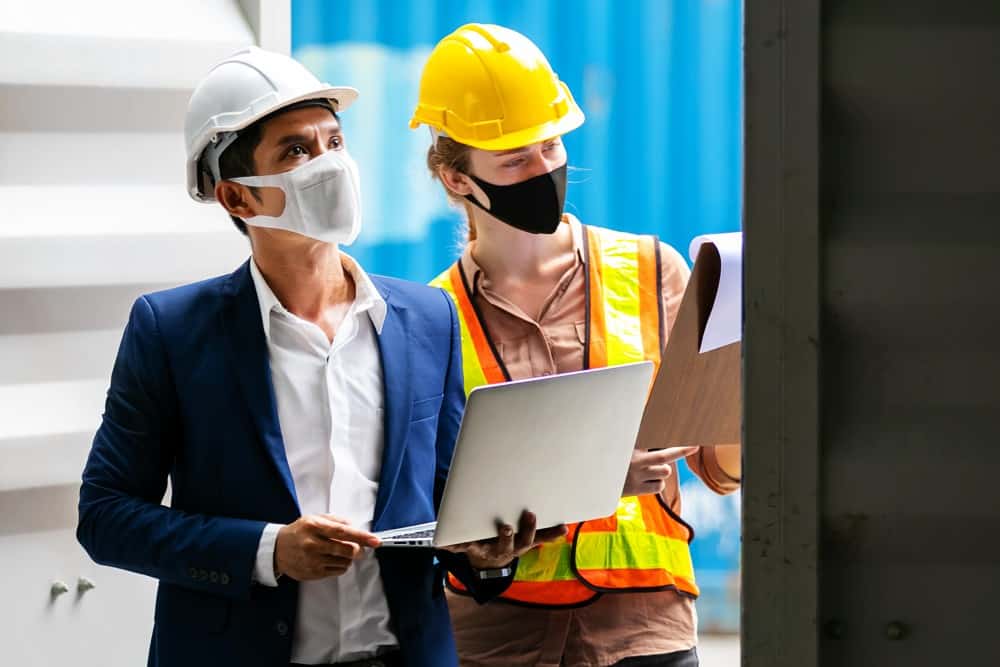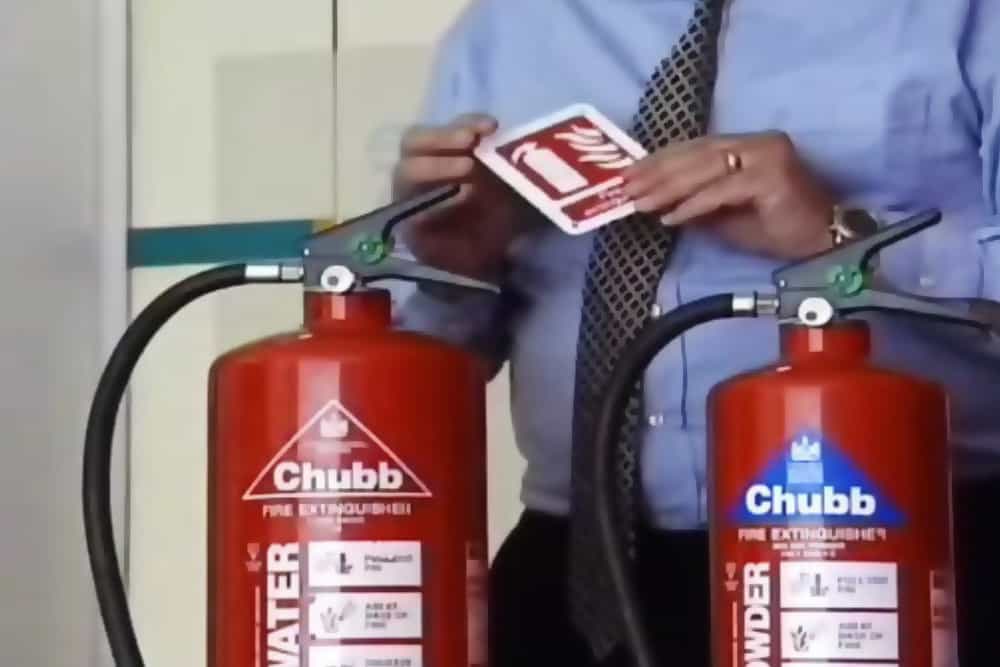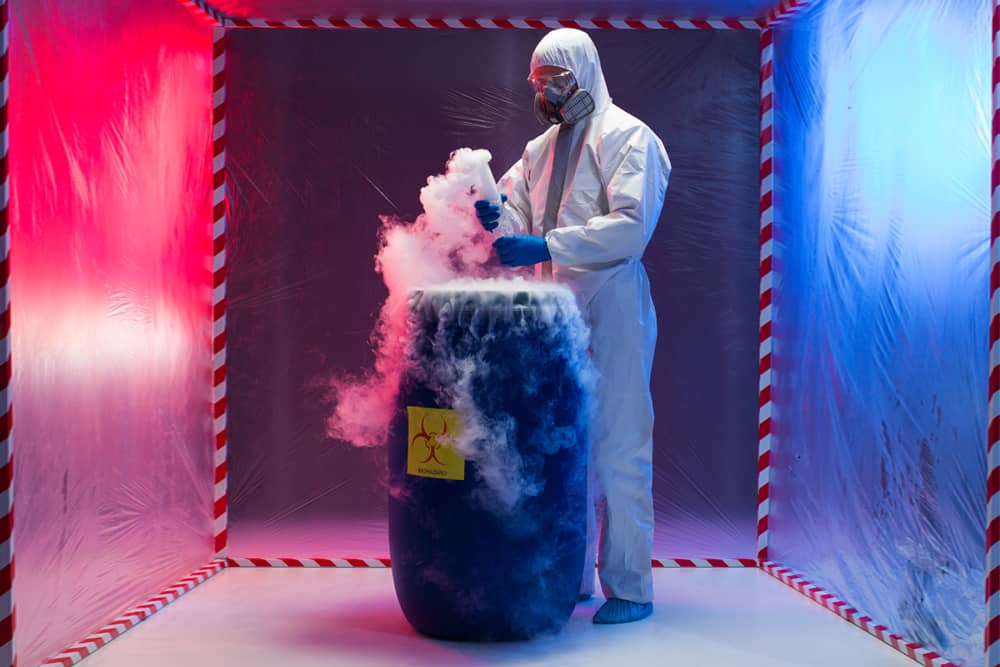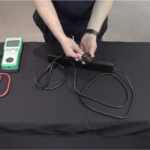
Personal protection equipment (PPE) is the last weapon in the health and safety arsenal. It’s not fashionable, it’s maybe not even comfortable, but PPE is vital.
Try as we might, it’s often just not possible to completely eliminate hazards in the workplace. If an accident happens and you’re wearing the right piece of PPE, it could prevent you from being seriously injured.
UK employers must provide their employees with the proper types of PPE. But PPE covers more than just hard hats and face masks. There are many different types of PPE, all with specific uses. If your employees need PPE, you must ensure they have the correct kit to protect them from harm.
So, exactly what types of PPE are there to choose from? As it happens, a lot! We’ve compiled this short guide to the different types of PPE to help you get familiar with what’s out there.
What Are the Types of PPE?
Your best friend at work isn’t necessarily one of your colleagues. If an accident happens, then a humble piece of PPE could be the best workplace mate you’ve ever had.
PPE is the last line of defence against workplace risk. When all else fails, PPE stands between you and something that could hurt or even kill you.
So, making the right PPE choice is absolutely crucial. But what types of PPE are there? What even is PPE, anyway? PPE can be anything from earplugs to a helmet to one of those blindingly yellow high-vis jackets.
The main bit of PPE legislation is the PPE at Work Regulations 1992. The PPE at Work Regulations says that PPE is
“all equipment (including clothing affording protection against the weather) which is intended to be worn or held by a person at work and which protects him against one or more risks to his health or safety, and any addition or accessory designed to meet that objective.”
We can list the main types of PPE as follows:
- Head protection
- Eye and face protection
- Hearing protection
- Respiratory protection
- Hand protection
- Foot protection
- Fall protection
- Body and skin protection
Let’s take a moment to consider each of these.
Head Protection
An unexpected knock on the head can have some pretty nasty consequences. Head PPE keeps our skulls from getting squished.
The most common forms of head protection are:
- Industrial safety helmets that protect us from falling objects– also known as hard hats
- Industrial scalp protectors that defend us from knocking into things – also known as bump caps
- Caps and hair nets that stop our hair from getting entangled
Eye and Face Protection
Hazardous substances, gas, dust, or vapour can easily damage our eyes. Eye and face protection won’t look as flattering as a pair of designer glasses, but it will keep your peepers safe!
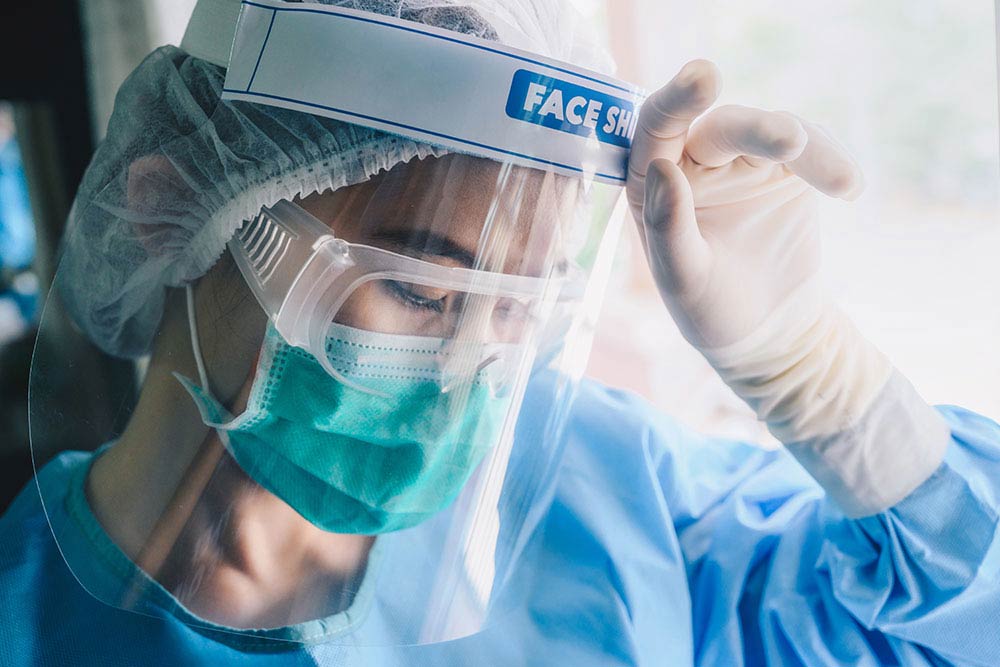
The most common forms of eye and face protection are:
- Safety spectacles
- Eye shields
- Safety goggles
- Face shields
Hearing Protection
Your ears are delicate, and hearing loss is a real risk if you work in a loud environment. This might not seem bad for some people with chatty co-workers, but hearing loss or hearing damage isn’t fun.
We can protect our hearing in the workplace by using:
- Ear defenders (ear muffs)
- Earplugs
- Ear canal caps
Respiratory Protection
Respiratory protective equipment (RPE) keeps the air we breathe free from hazardous substances. RPE stops gas, dust, vapour, particles and powders from getting into our lungs and causing damage. It’s also not catwalk attire; it gets the job done again.
RPE fall into two categories:
- Breathing apparatus
- Respirators – disposable, full-face or half-face reusable masks or power-assisted respirators
RPE must often be sealed firmly against the face to be effective. You must shave before wearing RPE if you’ve got a beard or facial hair. Exemptions are made for people with facial hair for religious reasons. The rest of you beardies are out of luck. Sorry about that.
Hand Protection
Hand might just be the only type of PPE that actually looks cool. Plus, it can save you from cuts and crushing injuries, protect you from hazardous substances and stop vibrations from damaging your arm.
Hand protection can include wrist cuff armlets, gloves or gauntlets made from things like latex, nitrile, leather or even chain mail (I told you they were cool).
Foot Protection
You won’t find PPE foot protection in any swanky shop on the high street, but you might find them worn on a construction site, in a factory or a garage.
There are many types of foot PPE, including steel-capped boots, slip-resistant shoes, anti-static footwear, insulated shoes, and even reinforced Wellingtons.
Fall Protection
Employers must also provide PPE and instruct workers on its proper use if required. It’s also necessary for employers to replace or repair any PPE in poor condition.
As it happens, falls from a height are one of the most common causes of workplace fatalities in the UK. Fall protection systems are harnesses that keep people safe when working at height.
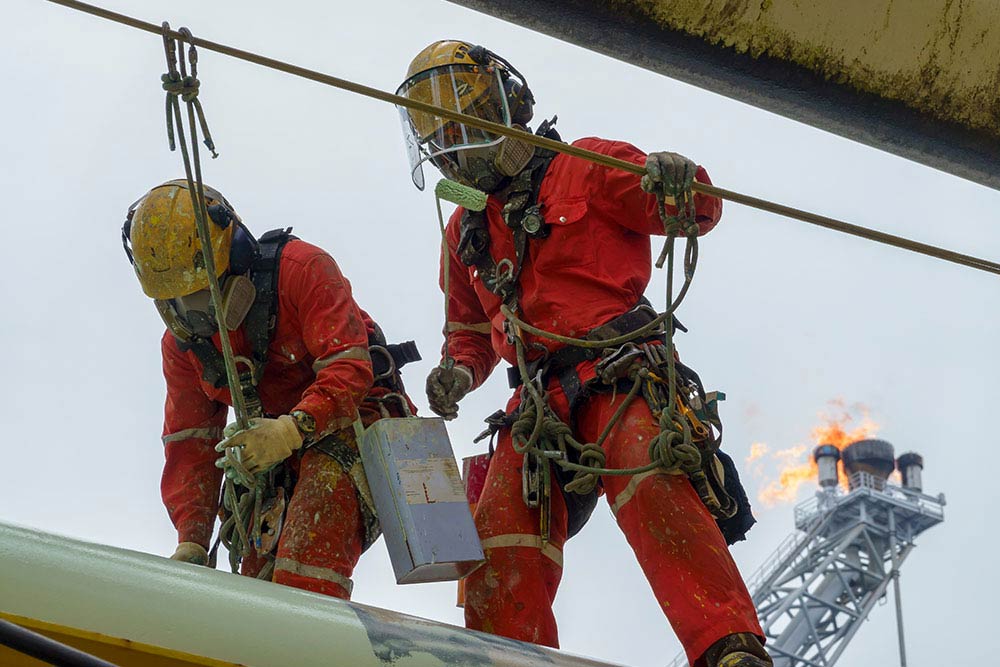
The two central fall protection systems are:
- Restraint systems that prevent people from going into zones where there is a risk of falling
- Positioning systems that allow people to have their hands free while working
Body and Skin Protection
When discussing body and skin protection and PPE, we’re not referring to some overpriced jar of anti-ageing goop.
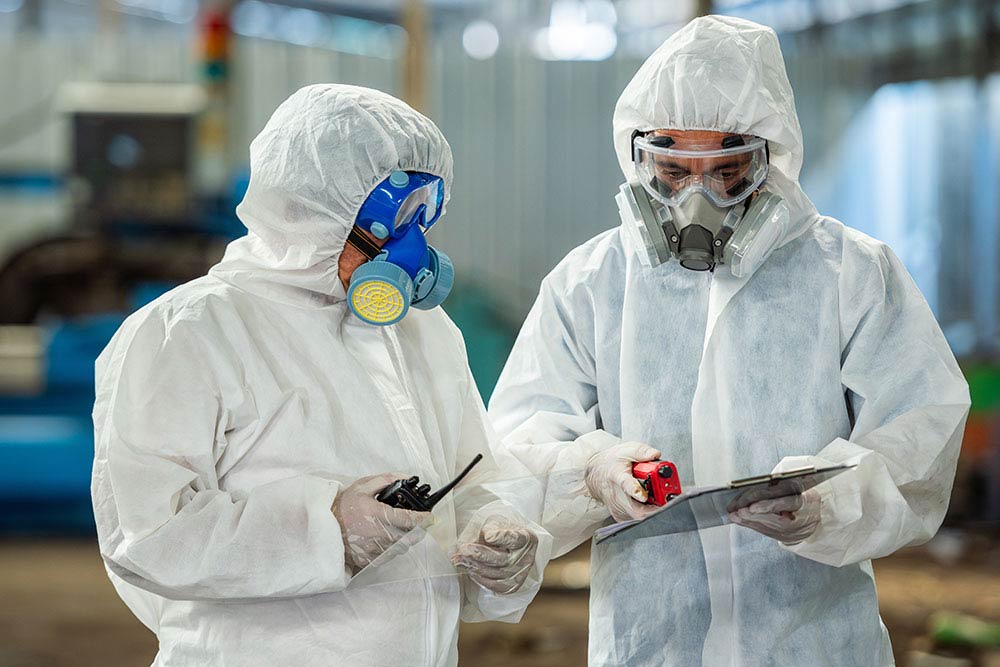
Body and skin PPE is any clothing worn to protect the entire body or parts from harm. Body PPE can be hats, aprons, coveralls or overalls, knee pads, shin pads, jackets, trousers or high-visibility clothing.
Where to Learn More About PPE
Just like any other piece of equipment, PPE must be used correctly. If PPE isn’t fitted perfectly, is in disrepair, or isn’t suitable, you could be in a dire situation.
Sign up for our online PPE Training and learn how to choose, use, store, and maintain PPE properly.

























